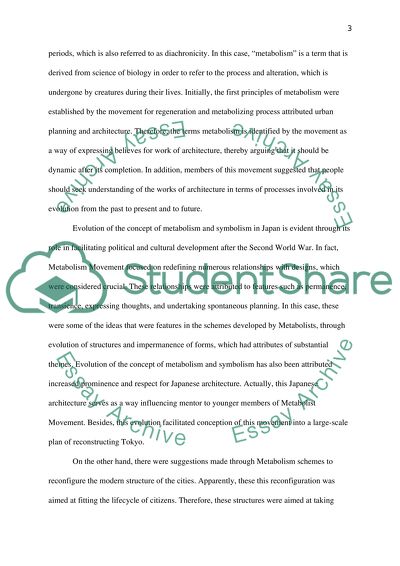Cite this document
(“Discuss the evolution of the concept of metabolism and symbiosis in Essay”, n.d.)
Retrieved from https://studentshare.org/architecture/1485266-discuss-the-evolution-of-the-concept-of-metabolism
Retrieved from https://studentshare.org/architecture/1485266-discuss-the-evolution-of-the-concept-of-metabolism
(Discuss the Evolution of the Concept of Metabolism and Symbiosis in Essay)
https://studentshare.org/architecture/1485266-discuss-the-evolution-of-the-concept-of-metabolism.
https://studentshare.org/architecture/1485266-discuss-the-evolution-of-the-concept-of-metabolism.
“Discuss the Evolution of the Concept of Metabolism and Symbiosis in Essay”, n.d. https://studentshare.org/architecture/1485266-discuss-the-evolution-of-the-concept-of-metabolism.


